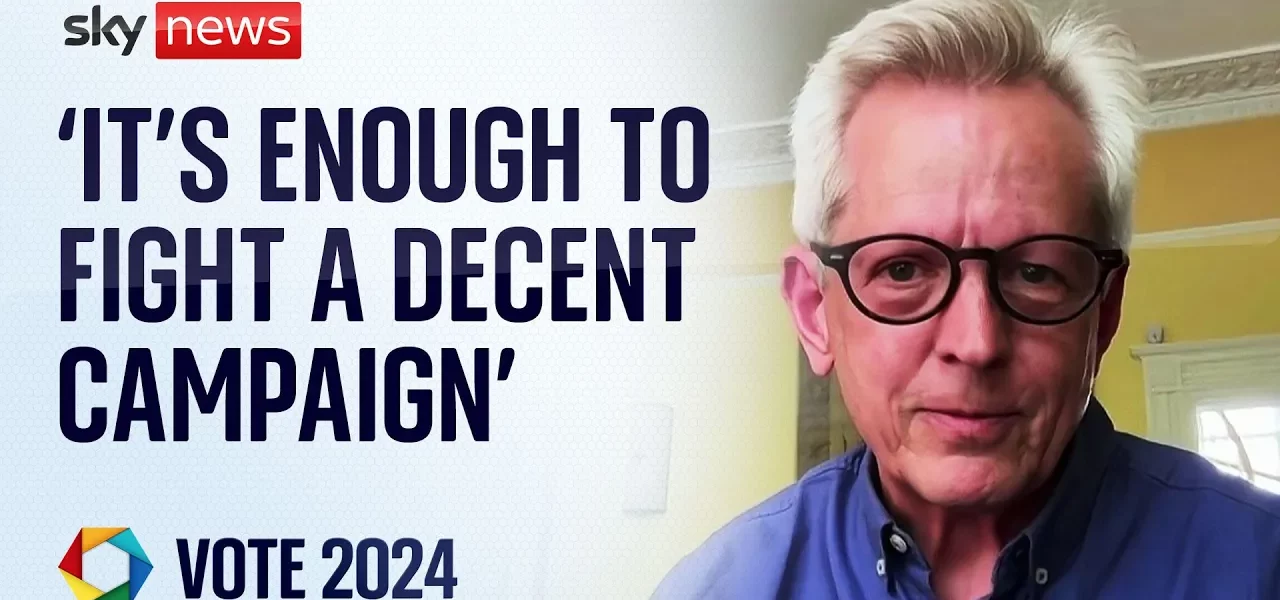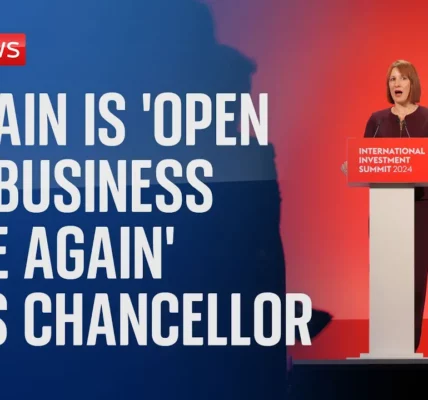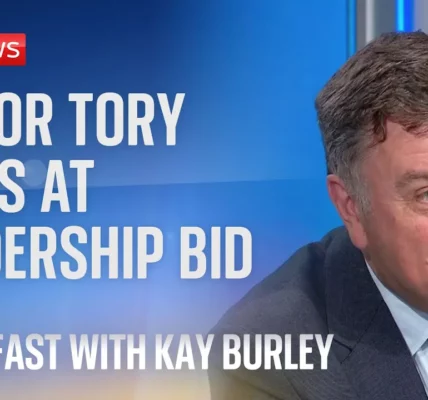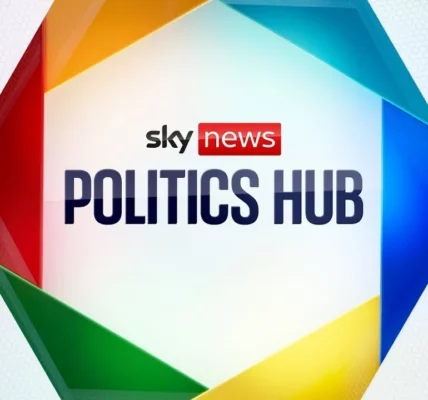The Current State of the Conservative Party: An Analysis

This article delves into the challenges faced by the Conservative Party in the UK, examining donor dynamics, public trust issues, and the party’s internal struggles amidst an evolving political landscape.
Introduction
The Conservative Party in the UK has been experiencing significant turmoil in recent years. With a history spanning more than a century, the party now finds itself grappling with dwindling donations, questions of integrity, and a perceived loss of identity. This article aims to explore these issues in depth, shedding light on the factors contributing to the current state of the party as it navigates the complexities of modern politics.
Donor Dynamics: A Shift in Support
Recent reports indicate a worrying trend for the Conservative Party: a marked decrease in financial support from traditional donors. This section explores the implications of these changes.
Current Financial Landscape
In the early stages of the recent election campaign, donations to the Conservative Party have fallen below expectations, with less than £300,000 raised in the second week. In contrast, rival parties, such as Reform and the Liberal Democrats, have secured significantly more funding.
Reasons for Abandonment
- Perception of instability within the party.
- Concerns over leadership and direction.
- Lack of clear communication regarding party values and objectives.
The Importance of Financial Support
The financial backing of donors is crucial for any political party, as it often reflects the confidence investors have in the party’s future. A decline in donations can signal a lack of support for the party’s strategies and direction.
The Role of Trust in Politics
Trust remains a cornerstone of political engagement. Voters need to believe in their representatives and the integrity of the party they support.
Public Perception of Integrity
Concerns have been raised regarding the integrity of the Conservative Party, particularly with allegations surrounding members of the party linked to questionable activities. The importance of maintaining a trustworthy image cannot be overstated.
Engagement on the Ground
Constituents have expressed a desire for practical solutions over political maneuvering. The focus has shifted from who donates to what issues are being addressed in local communities, emphasizing the need for trust between citizens and their MPs.
Internal Challenges and Party Identity
The Conservative Party is facing internal challenges that question its identity and cohesion.
Leadership and Direction
With various factions within the party, there is a struggle to maintain a unified direction. The leadership under Rishi Sunak has been scrutinized, with varying opinions about the party’s current trajectory.
Responses to Criticism
- Addressing concerns about donor dynamics.
- Reassuring constituents about economic stability.
- Fostering a culture of open dialogue within the party to ensure all voices are heard.
The Broad Church Concept
The notion of the Conservative Party as a “broad church” aims to encompass various viewpoints, yet it raises questions about whether such inclusivity can be maintained without alienating core supporters.
Conclusion
In conclusion, the Conservative Party is at a pivotal moment, facing significant challenges that could redefine its future. The decline in donor support, issues of trust, and internal divisions pose serious questions about its direction. It is crucial for the party to engage with constituents, reaffirm its values, and restore confidence among its supporters. As the political landscape continues to evolve, the Conservative Party must adapt to ensure its relevance and effectiveness in governance. For further insights into UK politics, explore our related articles on party dynamics and public trust in government.
“`




